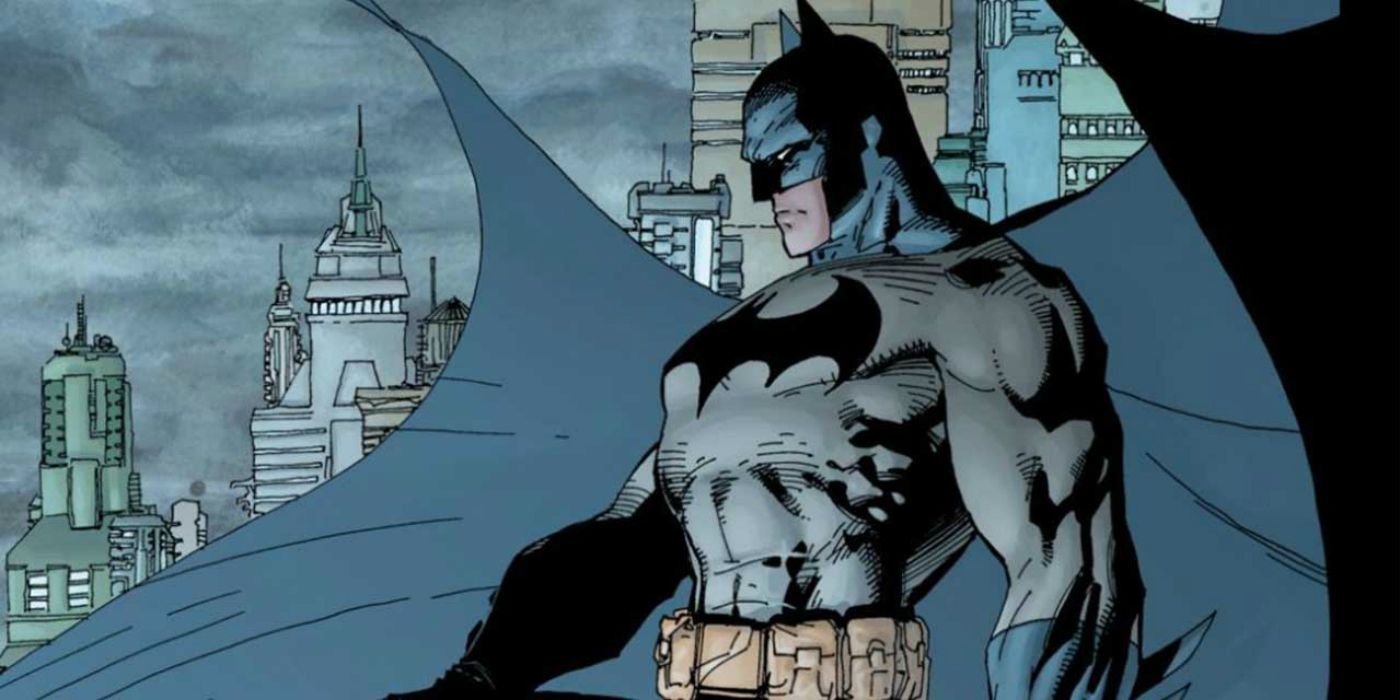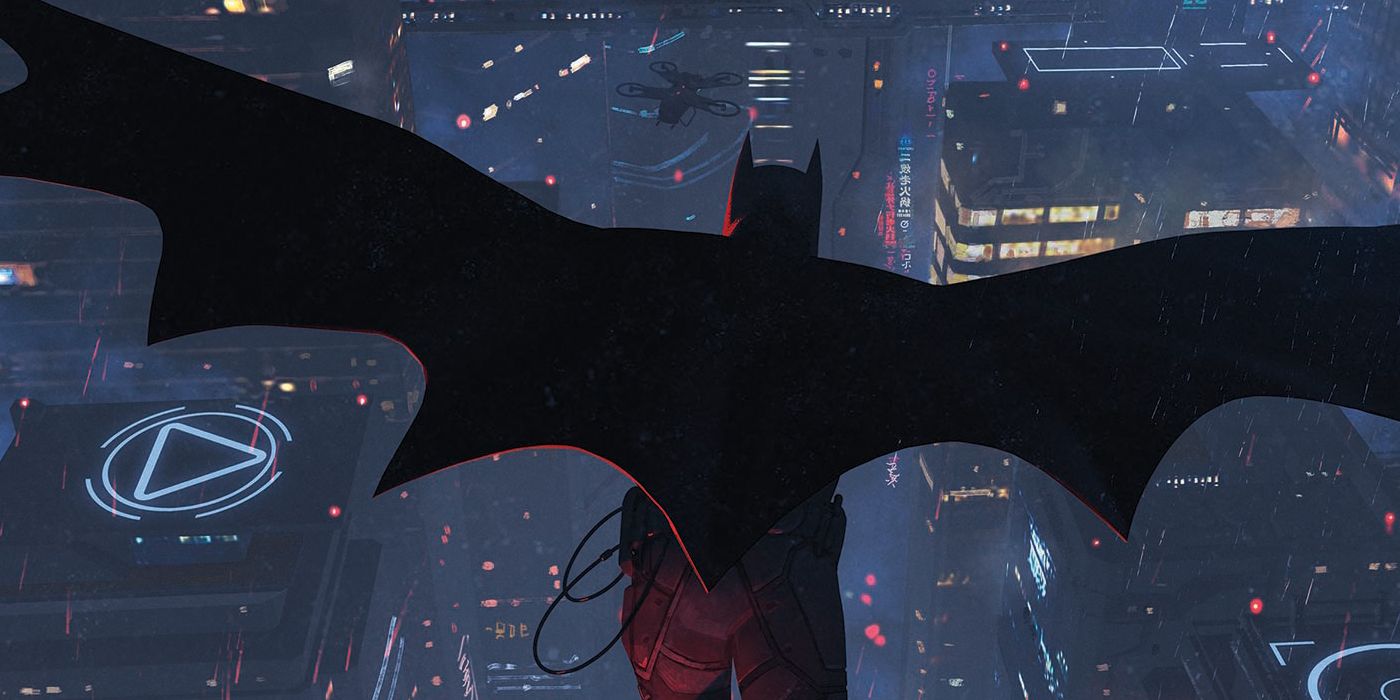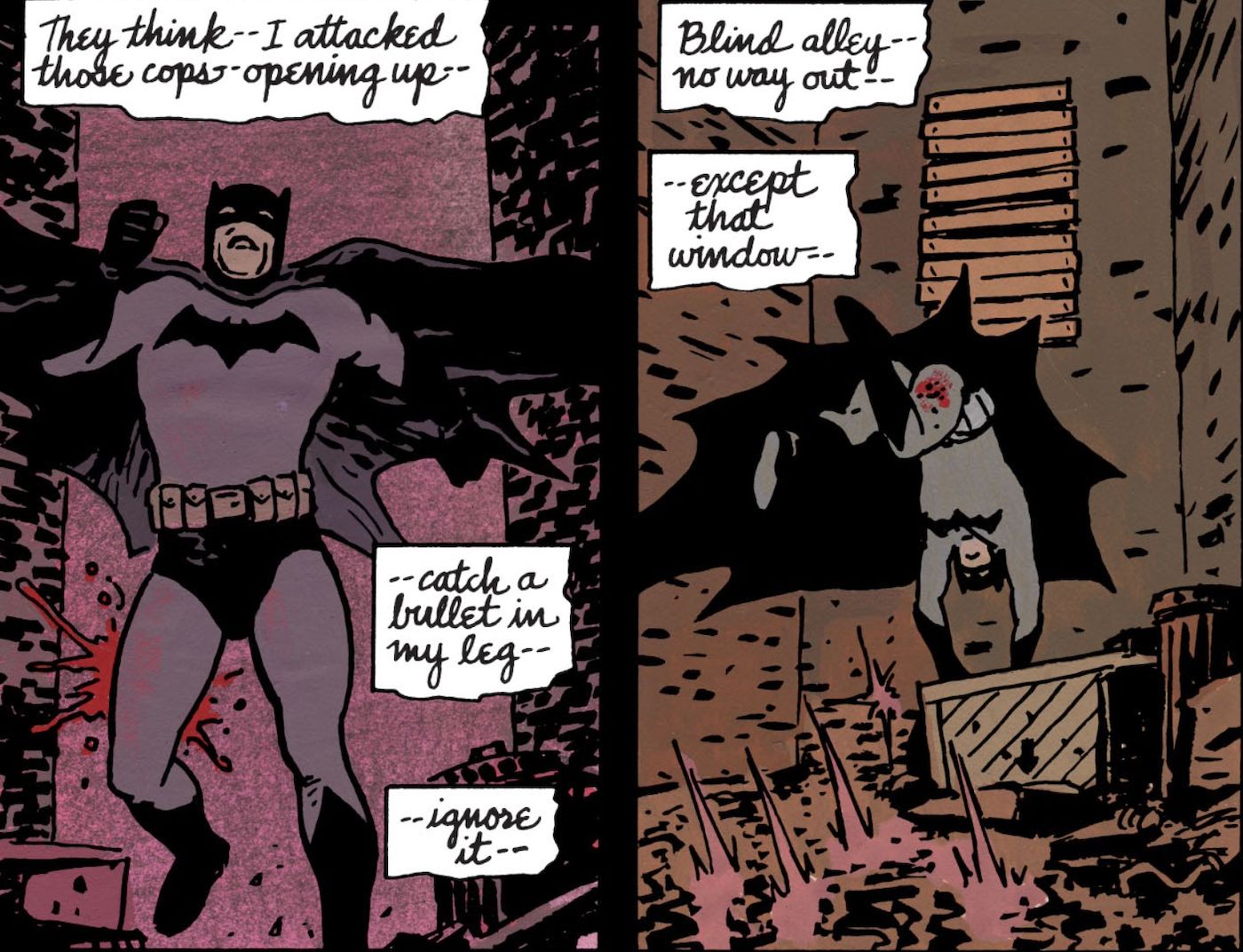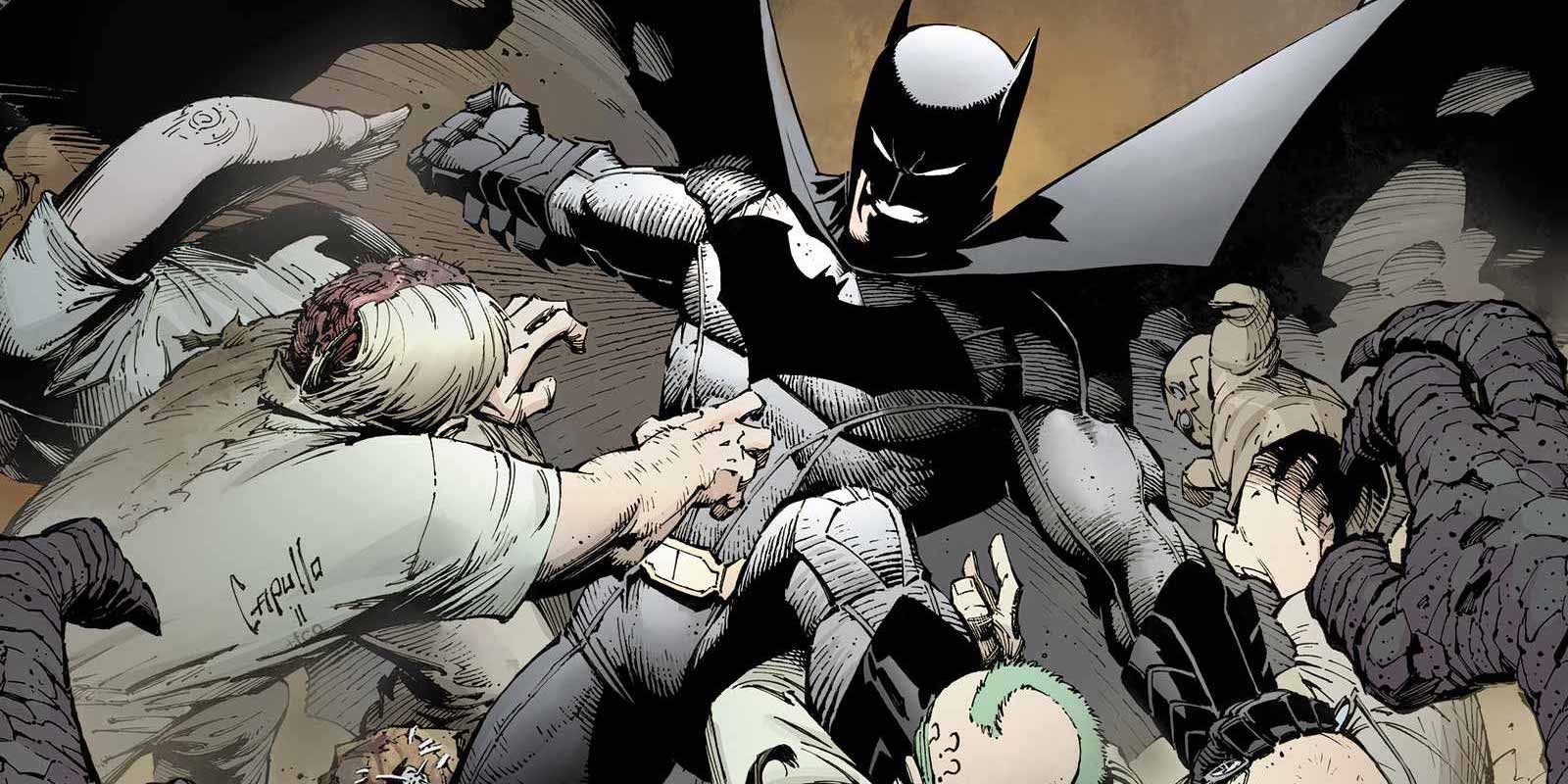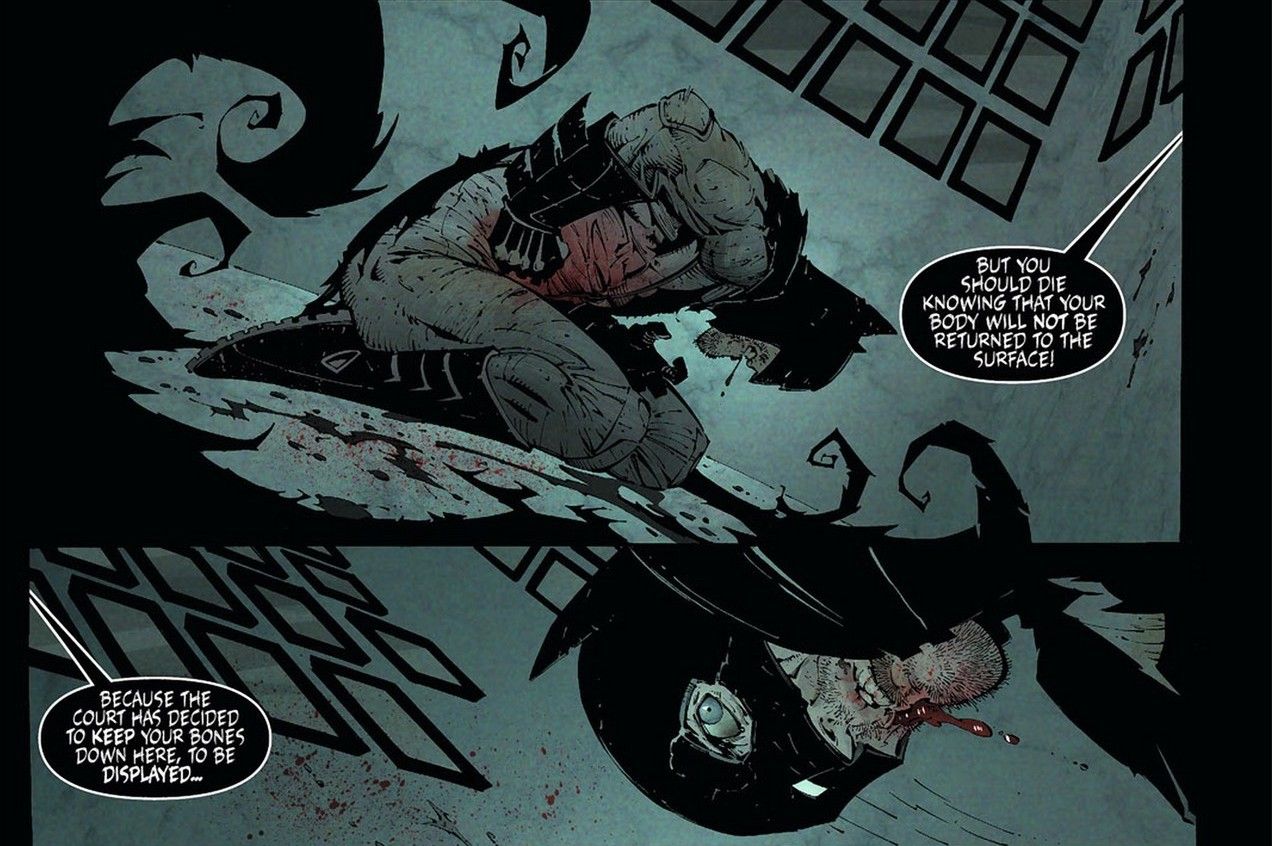Batman's suit is unquestionably one of the most iconic images in superhero comics. Aside from allowing Batman to blend into his surroundings while crimefighting under cover of darkness, the shape and cut of the Batsuit itself lends an air of mystery and a formidable presence to Gotham's Caped Crusader. For Bruce Wayne, his costume needs to not only disguise his identity but also protect him from the numerous foes he comes into contact with.
The Batsuit has gone through numerous iterations from Batman's debut in 1939 during the Golden Age of Comics, through Frank Miller's lauded The Dark Knight Returns, to his mecha in Scott Snyder and Greg Capullo's Court of Owls saga. With more than eighty years of Batman comics, a central question remains: what is Batman's suit really made of?
The material itself varies depending on the era, but in the early 2000s, the Batsuit was revealed to consist of numerous layers of Nomex, a fabric often used in suits worn by firemen and race car drivers. The material is flame-resistant, which would certainly be helpful in the field where Batman could face any number of foes. In other versions, the Batsuit is reinforced with Kevlar to protect him from bullets. Likewise, the cowl is made out of a snug-fitting, woven fabric with para-aramid fibers commonly found in Kevlar made to fit Bruce's head. When removed, the cowl collapses and can be folded compactly for portability. Additionally, the pointed ears on the cowl contain a microphone, allowing for Batman to hear his surroundings with greater precision.
Due to Batman's long publication history, there is no consistent material the Batsuit is made out of, which serves to augment the individualities of each major Batman story. As opposed to other heroes that are almost invincible to physical injury, the changing nature of the Batsuit's construction allows for a certain level of unpredictability in Batman stories, as well as leaving a pathway for The Dark Knight's vulnerable side to be explored. In short, the Batsuit itself acts as a metric for Batman's humanity as a superhero, as well as a measurement for his changing relationship with Gotham.
Earlier iterations of the suit seem to be made out of less protective materials and instead focus on providing an instantly recognizable look for Batman. This is present notably in Frank Miller, David Mazzucchelli, and Richmond Lewis's seminal Batman: Year One story from 1986. Year One follows a young Bruce freshly returned to Gotham after living abroad for twelve years. After a failed attempt to fight crime in a plainclothes disguise in Gotham's notorious East End, a wounded Bruce returned to his father's study in Wayne Manor, pondering the best way to instill fear in those who terrorize Gotham at night. When a bat came crashing through the window, Bruce was struck with the idea of becoming his childhood fear through his costume.
The subsequent Batsuit in Year One hardly protects Bruce in combat but is far more productive at cutting an intimidating silhouette that he uses to his advantage. The suit does little to nothing to protect him when he is shot twice by Gotham police in the leg and elbow. Because Batman primarily employs his extensive martial arts training against the police, this Batsuit seems to primarily function as an awe-striking disguise while still granting him flexibility in hand to hand combat.
The overall look and function of the Year One Batsuit would be echoed later on in Scott Snyder and Greg Capullo's Court of Owls saga. Again, the Batsuit was gray and black, though sans the black briefs seen in Year One. The protectiveness of the suit was a step up from Year One, with a woven lining seen under a more rigid outer shell. Still, it was not entirely impervious to damage, as the Talon was still able to stab Batman through the suit with one of his weapons.
In assessing the effectiveness of any given Batsuit, it is worth noting that the moments in which it fails to protect Batman are dramatic points in the story. Returning back to The Court of Owls saga, Batman is stabbed through his suit by the Talon when he is trapped in an underground maze by the Owls. The stabbing occurs on the tails of extensive spatial and emotional disorientation for Batman, with the Owls taunting him with numerous horrifying images, including two elderly and zombie-fied versions of his parents, Thomas and Martha Wayne. Thus, the Talon's breaking through the Batsuit is tied less to the supposed strength of the suit itself but is more indicative of the intense psychological harm that the Owls have exacted on Batman. Here, the Batsuit exemplifies the strength of Batman's resolve, which is briefly broken by the Talon.
A core tenet of Batman stories is a sense of vulnerability, both physically and emotionally. Because the materials of the Batsuit are so ambiguous from story to story, it allows writers to explore the hero's fallibility and humanity through the rips and tears of his suit. Batman is not tied to a specific, impenetrable material that sets limits for how he can get hurt in the field, making him an even more compelling character because his humanity is always in the foreground. Despite his massive inherited wealth and occupation in a world that includes characters called The Joker, The Riddler, Clayface, and Mr. Freeze, Batman is a relatable character because he is just a regular human being.
More than just protecting the hero inside of it, the Batsuit's real significance is protecting an image of justice that Batman casts over Gotham. With its unmistakable silhouette that strikes both fear and awe, the Batsuit in all of its forms represents the way that heroism can be found in the darkest depths of one's life. The scrapes and scuffs it acquires from everyday use is a testament to the mettle of the man inside of it.

